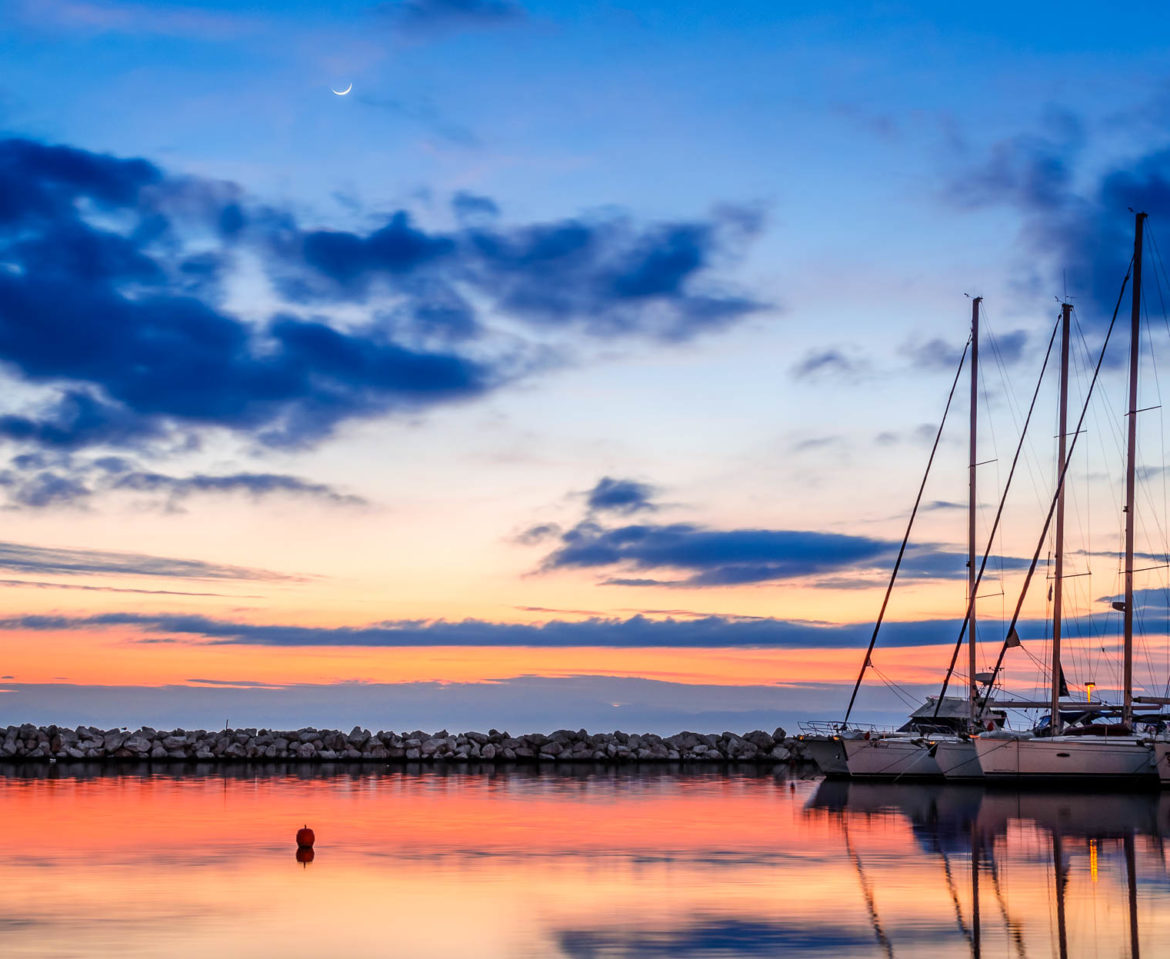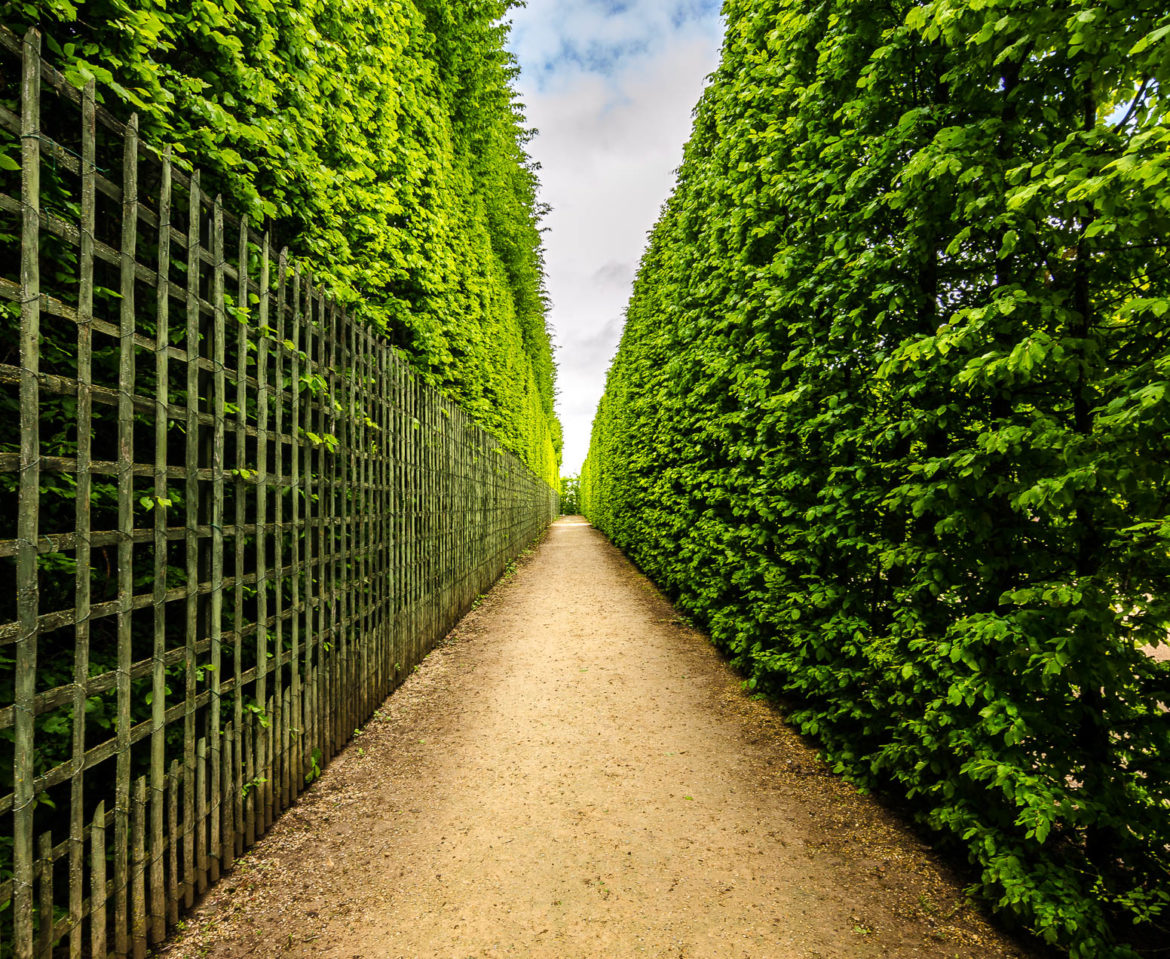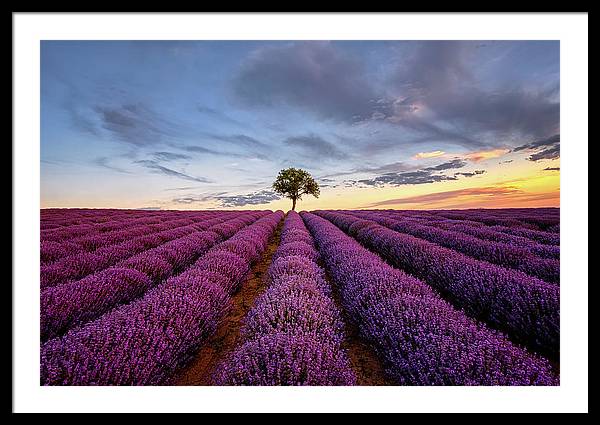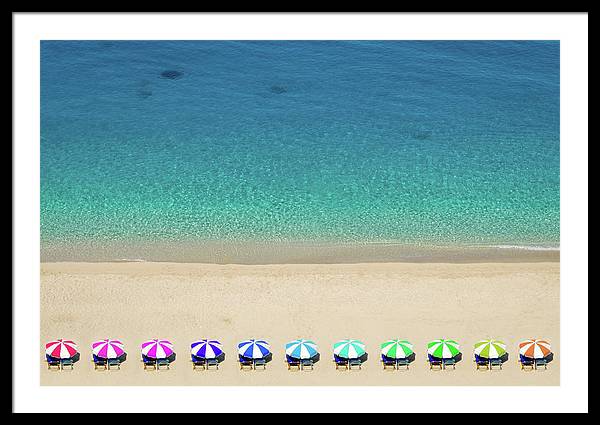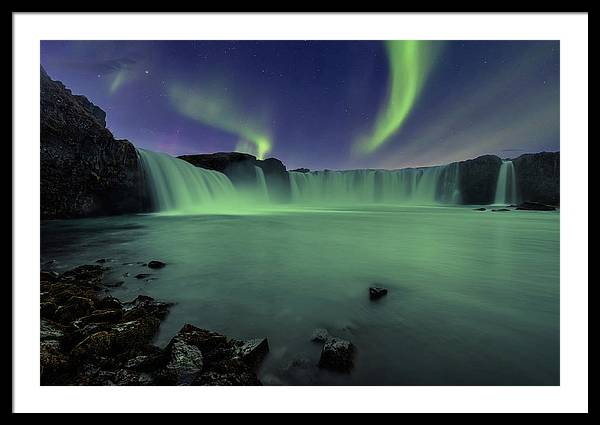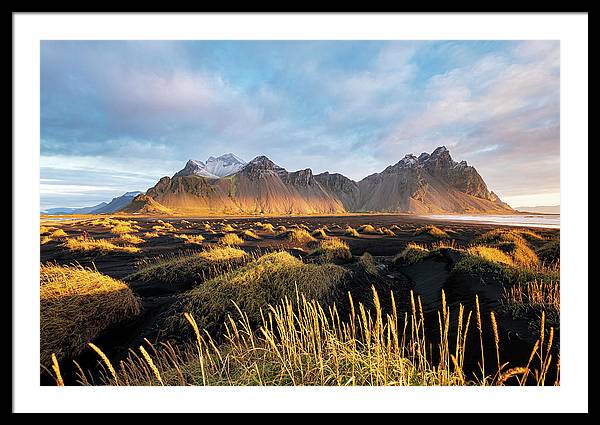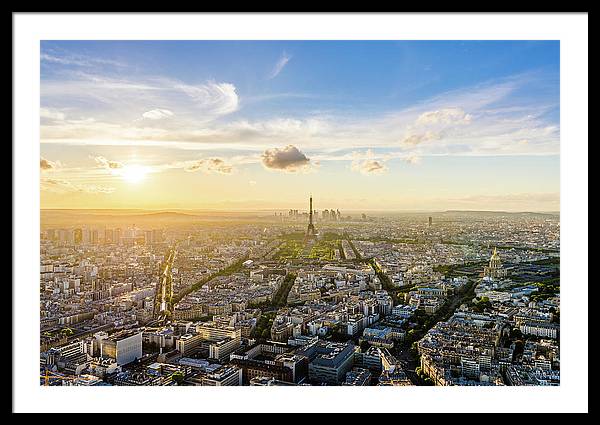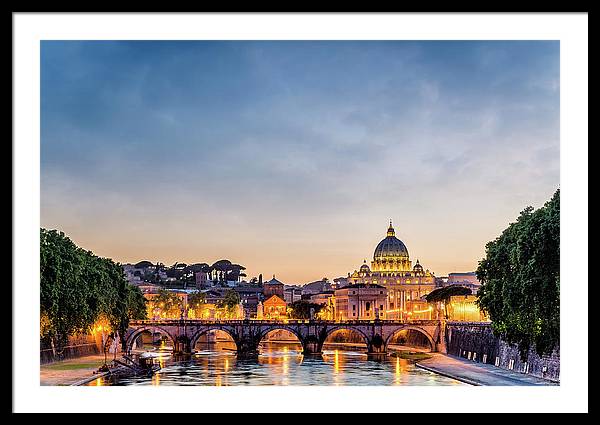How to Photograph Amazing Reflections
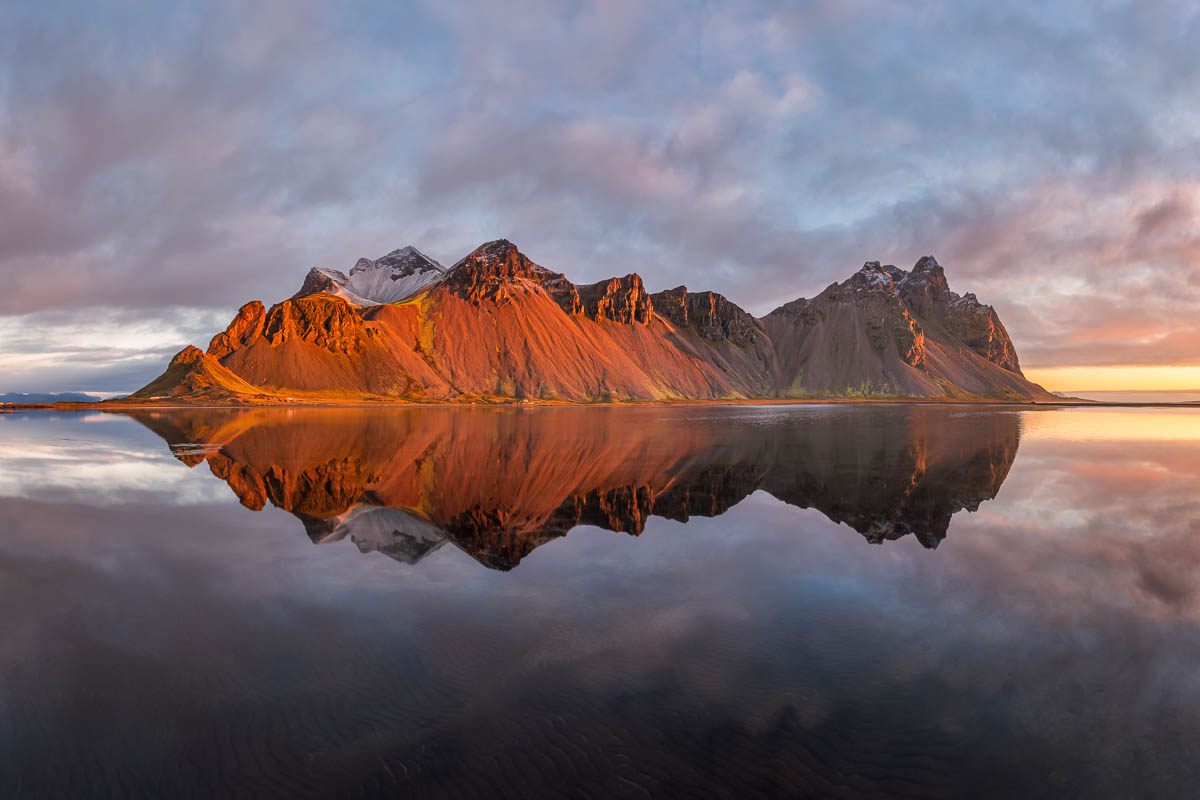
You may ask why reflections are good in photography. Consider a lovely scene. Then multiply this by two! Jokes aside, reflections are a creative photography tool, and there’s nothing quite like the effect they create when used correctly. And the reason for this is that symmetry is very appealing to many people. So, let’s look at how you can use the mirror effect to improve your photography.
Reflections in landscapes and seascapes
Landscapes and seascapes provide numerous opportunities for photographing reflections. Early in the morning, before the sunrise, is the best time to get a really smooth and calm water surface. Of course, you must check the weather to ensure that there is no wind or rain to disrupt the stillness of the water. We saw so many reflections just before sunrise on our road trip around Iceland. Those reflections were usually gone when the sun came up.
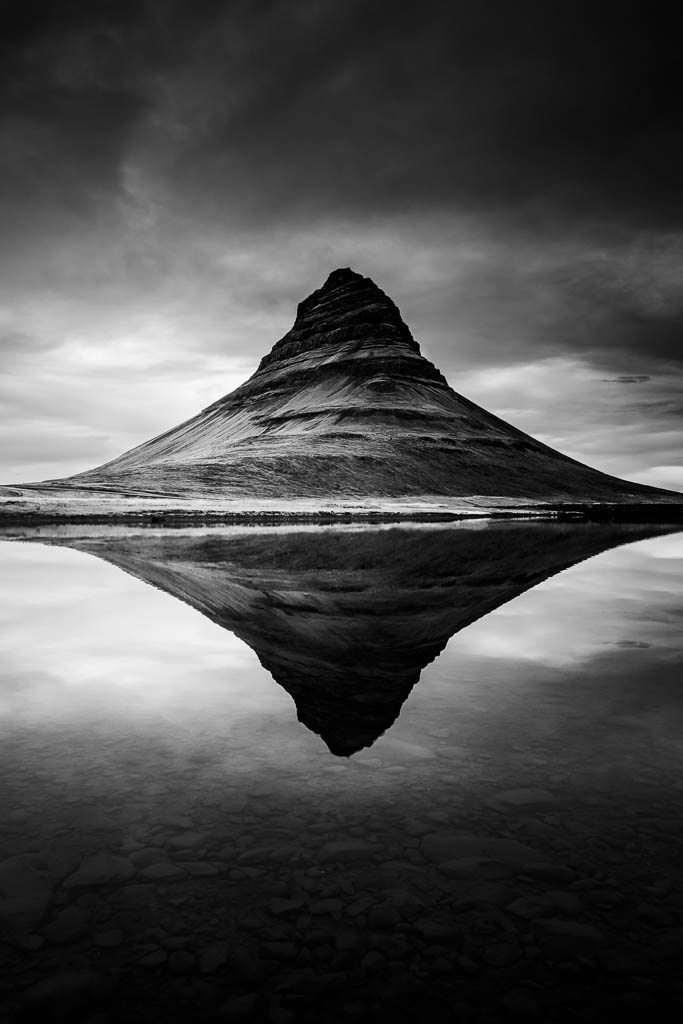
Reflections in cityscapes
If you live in the city, the best time to capture some reflections is right after it rains, while there are still puddles and the roads are wet. Even a small puddle will suffice. Just make sure you get down and very close to it. If you have a bottle of water with you, you can always make your own puddle!
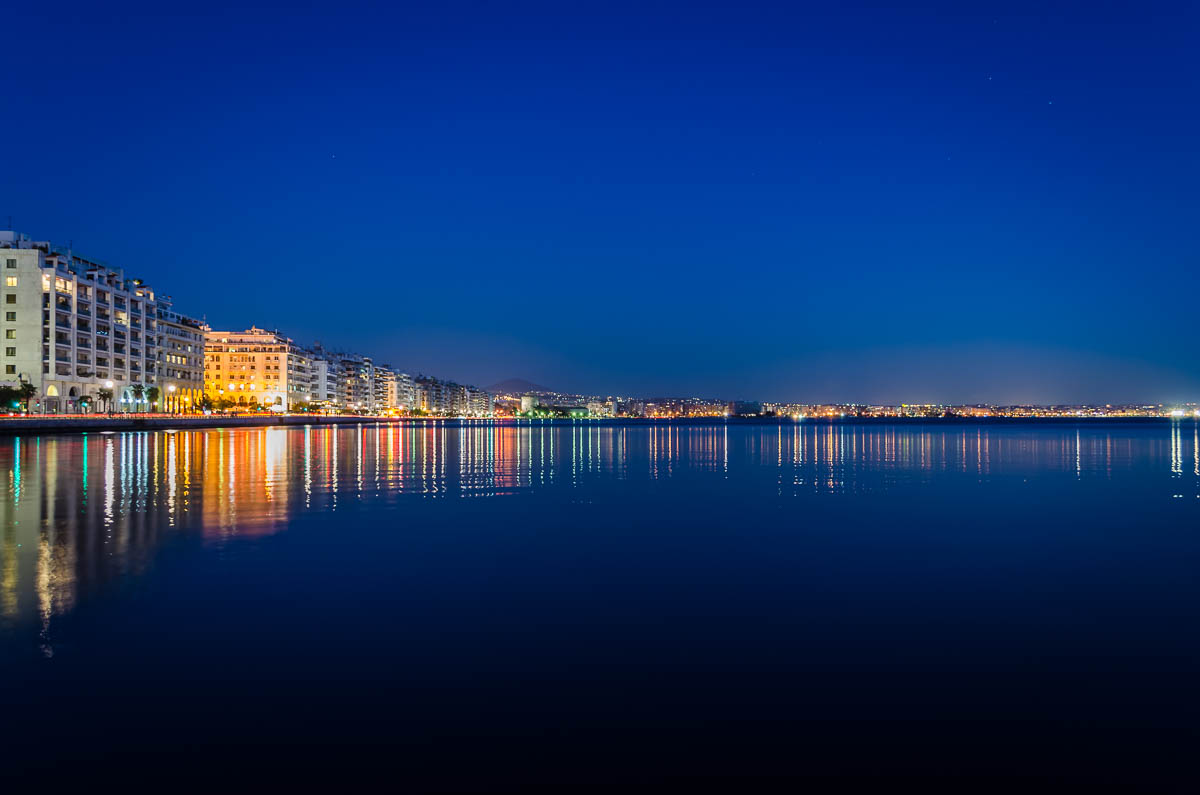
Photographing a reflection
When taking a photograph, you usually keep the rule of thirds in mind. With reflections, however, it is almost always better to place the horizon in the center of the image to create a really strong symmetry. Of course, you can also experiment by placing the horizon in the bottom third of the frame.
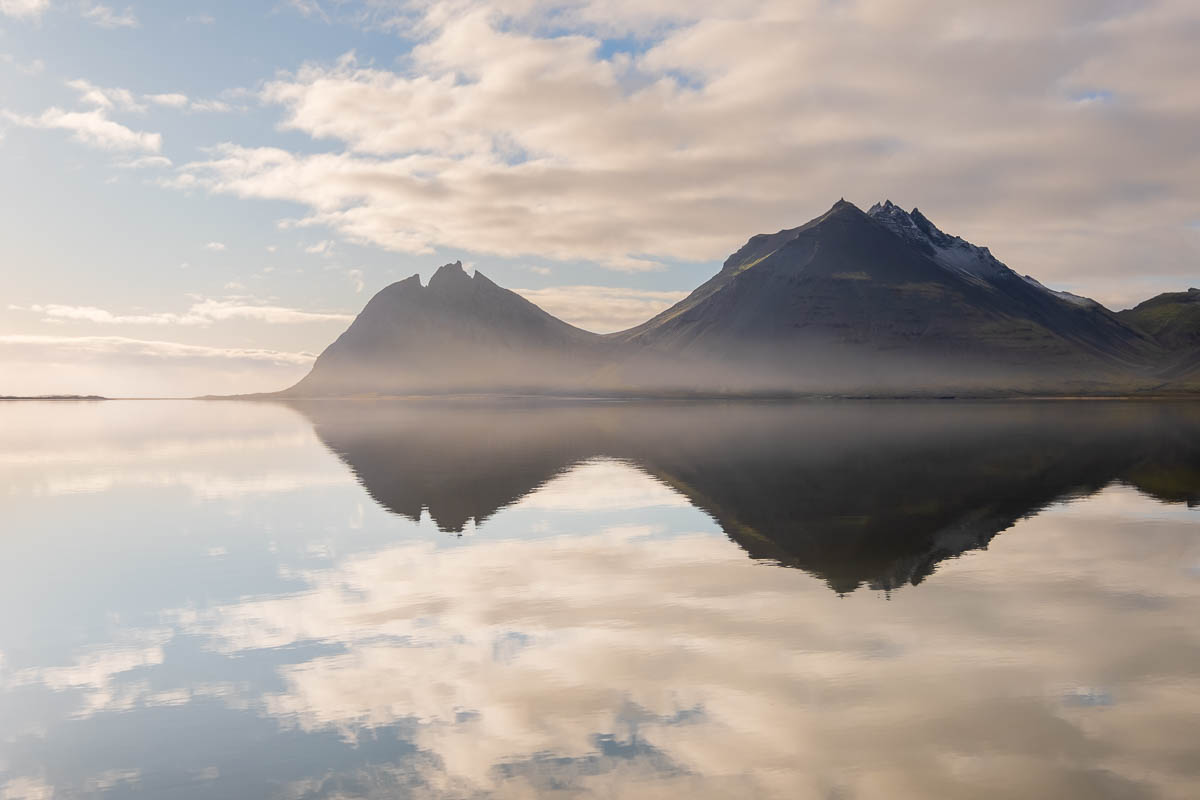
Final words
Of course, a reflection isn’t enough to make a great photograph. You must also find a compelling subject. As always, practice is essential. Go outside and look for reflections. The more you practice, the easier it will be to notice reflections. Here is a collection of my favorite photographs with reflections.
